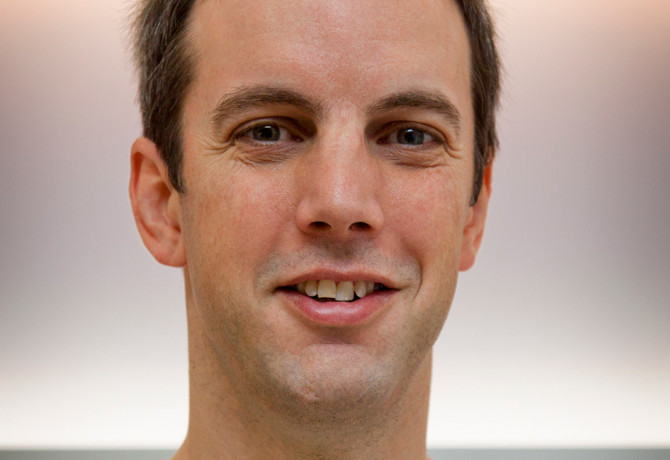Do celebrities and YouTube stars actually add value to branded content? Duncan Southgate, global brand director, digital, at Millward Brown, examines the evidence from recent campaigns.
It’s hard to find an advertiser these days that isn’t developing more branded content. And it’s equally tough to find a branded content campaign that doesn’t involve celebrities, vloggers, or YouTube stars, particularly for brands targeting younger audiences.
There are good reasons for this.
Millward Brown’s recent AdReaction Video research about consumer attitudes to video advertising shows that people are generally more receptive to branded content than they are to paid advertising. Branded content is often positioned as a particularly good way to reach younger audiences, but surprisingly they are the least receptive to branded content such as product reviews and tutorials.
The only way to close the gap is to add a dose of stardust – hence the heavy use of celebrities and vloggers.
Impact and reach
This approach can be successful. A recent Festival of Media Asia winning campaign from HP deployed a trio of YouTube vloggers in Australia to reposition its brand from dad to dude. A total of 66 pieces of content related to HP reached nearly 15 million people.
Good content campaigns can also deliver brand impact as well as reach.
As part of some work for Google, Millward Brown tested two great executions featuring UK magician Dynamo, one for Pepsi Max and the other for Mercedes, both of which had achieved strong virality and featured prominently in the YouTube Leaderboard.
Our testing revealed that the key drivers for success were Dynamo’s amazing tricks, which generated exceptional involvement, enjoyment and distinctiveness. The branding for each execution was solid thanks to Dynamo driving a Mercedes and casually drinking a Pepsi Max and, combined with the high overall exposure, this generated a strong net effect.
These three examples from HP, Mercedes and Pepsi Max begin to highlight the challenges of developing this type of sponsored content: balancing authenticity with control, reach with impact, and identifying suitable content partners.
Less precise messaging
Based on my conversations with advertisers, I don’t think the issue is about persuading brands to let go. Most are okay with less precise messaging in a world of sponsored content. Smart marketers know that allowing celebrities and other advocates to retell the brand story in their own words is essential to authenticity.
There may still be some wariness from brands about the trustworthiness of emerging YouTube stars that goes beyond the casting of established celebrities in TV ads. While Adidas-sponsored David Beckham knows very well not to find himself photographed wearing Nike, brands will be seeking reassurances that younger vloggers will also prove to be equally reliable.
“If a brand needs to apologise for its presence, that could be a warning sign that the partnership is too much of a stretch”
Marketers are certainly wary about the balance between being strongly integrated and being invisible. The key here is that greater relevance to the content makes greater prominence possible.
If a brand needs to apologise for its presence, that could be a warning sign that the partnership is too much of a stretch. Brands need to share the spotlight and can’t be the hero to the same extent that they would in a TV ad, but they should at least have an important supporting role: think in terms of being Batman’s Robin.
Consistency and long-term partnerships will help here; not only will these partnerships build greater trust between sponsor and celebrity, but the star also has the potential to become an established branding cue.
Not all vloggers are created equal
It’s also true that while celebrities are important for younger consumers in particular, not all vloggers are created equal.
Our studies for one FMCG brand in the UK identified significant differences in performance for different vloggers. This creates opportunities to optimise within the vlogger channel, according to which is most effective in changing attitudes toward the brand. This may depend on the size and nature of a vlogger’s audience or it could be driven by their personal ability to truly convey the power of the product or service involved.
There is currently a dearth of learning about branded content best practice. Operating successfully while a channel is still evolving may be a common challenge in the digital age, but there are already some simple steps marketers can take to minimize risk and maximise chances of success.
Firstly, brands can conduct early testing of the big advertising idea and the suitability of various potential partners for that idea. They can then test content elements as they are developed.
More broadly, better industry understanding is needed to explore why younger consumers have different attitudes to branded content – could it be that current branded content is failing to meet their expectations? If so, what should brands targeting this emerging generation be doing to future-proof their content strategies for the long term.
To sum up, we know that people generally like branded content, and that celebrities can be a particularly effective route to both reach and impact for content targeted at younger audiences. This clearly relies on the partnership being both appropriate and well executed, and ideally established over the long term.
It is likely that optimal content and partner strategies will vary by brand and category, but in time industry research will reveal more definitive answers.
Right now many brands are still experimenting and learning from campaign to campaign as they try to create this new marketing magic.








